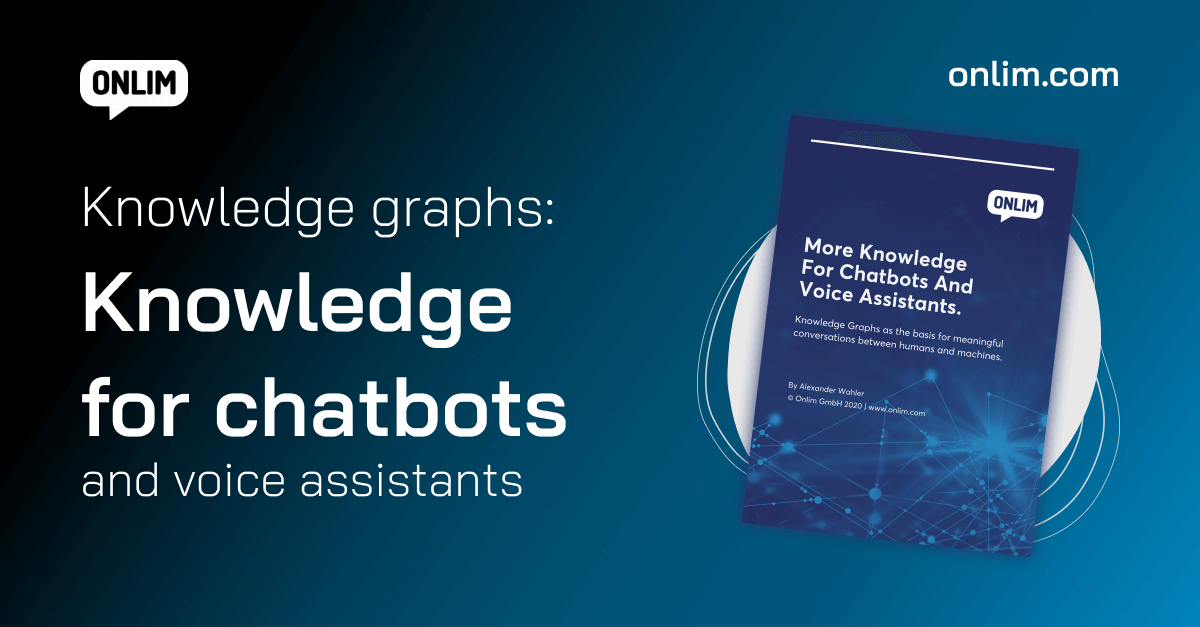What is Generative AI?
Generative artificial intelligence (AI) is revolutionising the way we use technology in our everyday lives and in the business world.
From the creation of text and images to the development of complex models, generative AI offers a wide range of applications that go far beyond the capabilities of traditional AI.
In this article, we take an in-depth look at generative AI, how it works and its many uses.
Definition Generative AI
Generative AI is a subcategory of artificial intelligence that aims to generate new, original content.
In contrast to discriminative models, which are trained to distinguish between different inputs and make predictions, generative models generate new data that is similar to the training data.
This technology utilises algorithms such as Generative Adversarial Networks (GANs) and Variational Autoencoders (VAEs) to create content ranging from text and images to music and video.
How Generative AI works?
Generative models, such as GANs, consist of two main components: a generator and a discriminator. The generator creates new data samples, while the discriminator tries to distinguish between real data and data created by the generator. Through this competition, both models learn to generate realistic and convincing content.
Another approach is Variational Autoencoders (VAEs), which use a probabilistic approach to data reconstruction. VAEs encode input data into a low-dimensional representation and then reconstruct it, creating new data that looks similar to the original data.
ChatGPT, Midjourney & Co: Applications of Generative AI

In recent years, generative artificial intelligence (AI) has made remarkable progress and produced a wide range of applications that are used in various creative and productive fields. This technology enables machines to create content that was once produced exclusively by humans.
Below we take a closer look at some of the impressive uses of generative AI, including text creation, image and video generation and music composition.
Text creation:
Generative AI can be used to create articles, reports and other written content. Tools such as OpenAI‘s GPT-4 can generate human-like texts that can be used in a variety of contexts, from marketing texts to technical documentation.
Image and video generation:
Generative AI is particularly known for its ability to create realistic images and videos. This technology is used in art, design and even film production to create creative content or enhance existing content. A well-known example of a generative AI that creates realistic images is Midjourney.
Music composition:
Generative models can also compose new pieces of music by recognising patterns in existing music data and generating new melodies and harmonies. This opens up new possibilities for musicians and producers to accelerate creative processes. Take a look at Suno for AI-generated music as an example.
Advantages of generative AI
Creativity and innovation:
Generative AI can complement human creativity and generate new ideas and concepts that might otherwise remain undiscovered.
Increased efficiency:
By automating creative processes, companies can save time and resources while producing high-quality content.
Personalisation:
Generative AI enables the creation of customised content that is tailored to the individual needs and preferences of users, which improves the user experience.
Generative AI: Challenges and concerns
Quality and accuracy:
Although generative AI can deliver impressive results, the challenge is to ensure the quality and accuracy of the generated content. Incorrect or inaccurate content can cause significant problems.
Ethical questions:
The use of generative AI raises ethical questions, particularly with regard to copyright and the possibility of creating fake content (deepfakes). It is important to develop ethical guidelines and regulations to prevent misuse.
Computing power:
Generative models require significant computing resources to function effectively. This can lead to high costs and high energy consumption, which can be a challenge for some companies.
Conclusion
Generative AI has the potential to transform numerous industries and revolutionise creative processes. With the ability to generate new and original content, this technology offers countless opportunities for innovation and increased efficiency. Companies that successfully implement generative AI can realise significant benefits and secure a competitive advantage. At the same time, it is important to consider the challenges and ethical issues to ensure a responsible and sustainable use of this technology.
Generative AI is undoubtedly an exciting and forward-looking field that is worth exploring and developing further. With the right approach, it can make a significant contribution to improving processes and creating new creative opportunities.
More Knowledge For Chatbots And Voice Assistants

Is a voicebot right for my company?
June 18th, 2024|
What is Generative AI?
June 11th, 2024|
What are Large Language Models (LLMs)?
March 18th, 2024|



